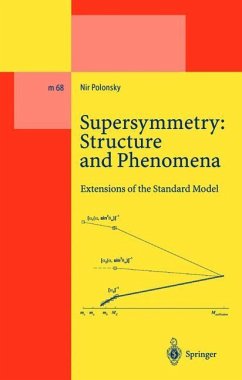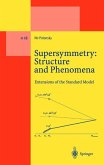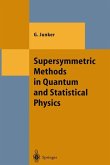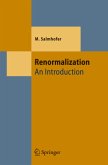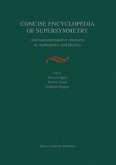The book is a fairly non-technical introduction to modern supersymmetry phenomenology, approaching the subject in new and unique ways. It is suitable both for theorists and experimentalists, and emphasizes an intuitive grasp of the subject. Theoretical and experimental motivations, and the status and prospects of low-energy supersymmetry are discussed. It is shown by explicit construction that the stabilization of any perturbative theory which contains fundamental scalar bosons naturally leads to the notion of supersymmetry. The minimal supersymmetric extension of the standard model is then pedagogically defined and its experimental status is summarized. Renormalization of the models, including unificaiton, is discussed and the linkage between high and low energies is demonstrated, providing a potential probe of Planck-scale physics, such as unified theories. Besides a host of other phenomena, Higgs physics is discussed and the Higgs mass is shown to provide a crucial test of nearly all supersymmetric theories.
Hinweis: Dieser Artikel kann nur an eine deutsche Lieferadresse ausgeliefert werden.
Hinweis: Dieser Artikel kann nur an eine deutsche Lieferadresse ausgeliefert werden.
From the reviews: "I was looking recently for an introductory book to supersymmetry for a student beginning his "memoire", and was somewhat at a loss. I needed a basic introduction, with the essential of the motivation and the construction of Lagrangians. In the same time, such a discussion is impossible without some consideration of the "ugly part" of supersymmetry, namely soft breaking terms and their motivation. Here I did not want to fall in the infinite number of reviews covering a forest of "natrual" models, but wanted rather some basic principles, and even more important, a critical approach. You guess it: this is exactly what I found in the book of Polonsky. [...] An outstanding book, and a very compact, critical introduction to supersymmetry, I consider this to be required buying for any graduate library." (Physicalia, 2002)

